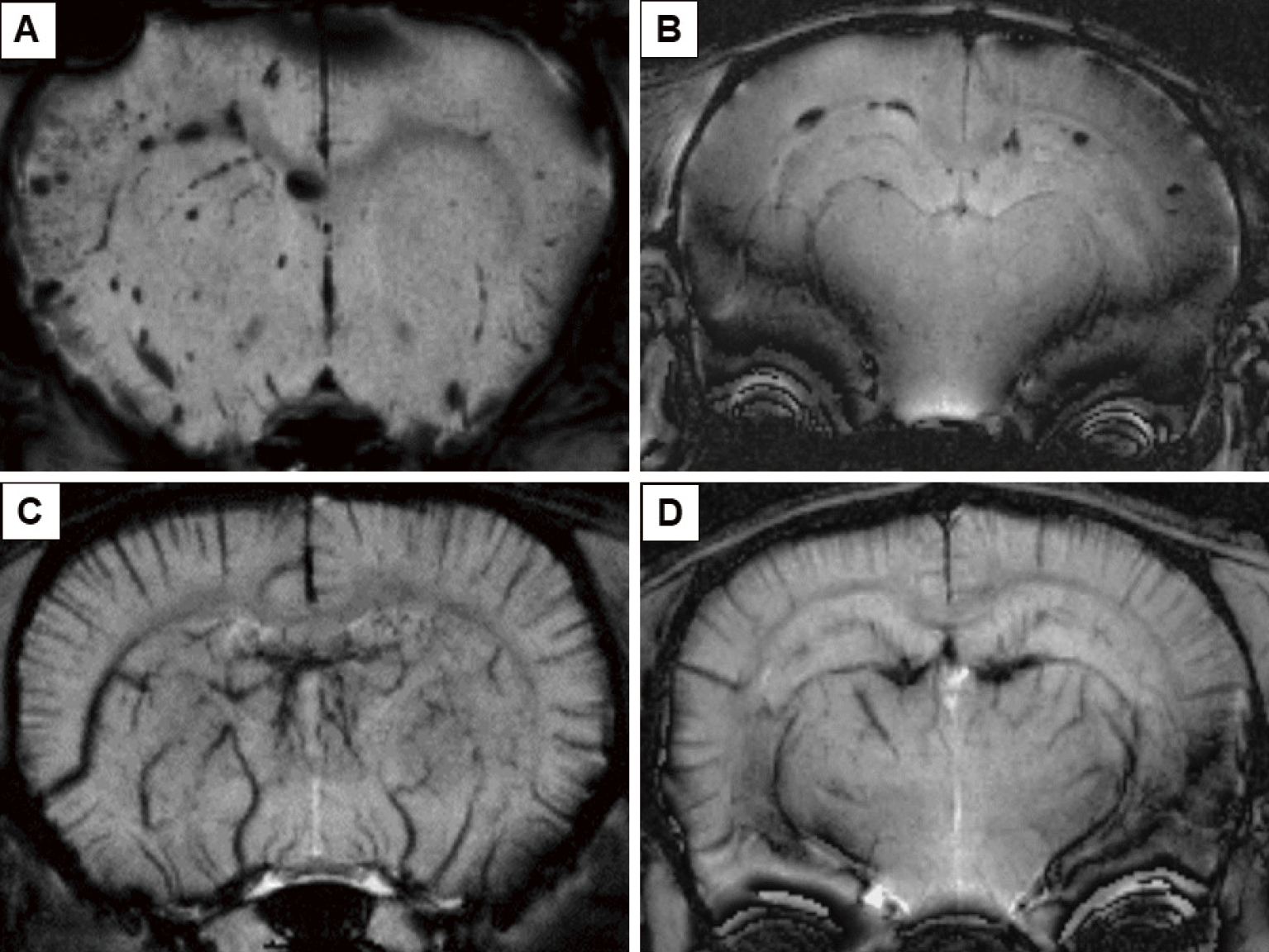- 著者
- Ayaka SASAGAWA Takeshi MIKAMI Yusuke KIMURA Yukinori AKIYAMA Shintaro SUGITA Tadashi HASEGAWA Masahiko WANIBUCHI Nobuhiro MIKUNI
- 出版者
- The Japan Neurosurgical Society
- 雑誌
- Neurologia medico-chirurgica (ISSN:04708105)
- 巻号頁・発行日
- pp.oa.2020-0309, (Released:2020-12-29)
- 参考文献数
- 23
- 被引用文献数
- 2
Gliomas are sometimes difficult to differentiate from strokes and are often misdiagnosed on magnetic resonance imaging (MRI); thus, the terms “stroke mimics” and “stroke chameleons” have been introduced. In this study, we analyzed stroke mimics and stroke chameleons in glioma and discussed the diagnostic perplexity.We retrospectively reviewed cases that were removed from lesions that were considered to be brain tumors. This study enrolled 214 patients who underwent tumor resection for suspected glioma. Clinical characteristics and radiological findings of the patients were compared between the masquerade findings group, which was further divided into two groups: the stroke chameleons and stroke mimics according to their final diagnosis, and the intelligible findings group.Stroke chameleons and stroke mimics were significantly higher in age and smaller in lesion size than the intelligible findings group. In the multivariate analysis, the predictive factor of the masquerade finding group was higher age and smaller size. Stroke mimics group has a tendency to be higher rate of hyperintensity lesion on diffusion-weighted imaging (DWI) compared with stroke chameleons group. The average period from initial diagnosis to pathological diagnosis was 13.50 days in the stroke chameleons and 61.50 days in the stroke mimics, which proved significantly different.Proper diagnosis of glioma and stroke affects a patient’s prognosis, and should be diagnosed as soon as possible. However, stroke mimics and stroke chameleons caused by glioma can occur. Thus, the diagnosis of a stroke should take into consideration the possibility of a glioma in real clinical situations.
3 0 0 0 OA Microbleeds Due to Reperfusion Enhance Early Seizures after Carotid Ligation in a Rat Ischemic Model
- 著者
- Takuro SAITO Takeshi MIKAMI Tsukasa HIRANO Hiroshi NAGAHAMA Rei ENATSU Katsuya KOMATSU Satoshi OKAWA Yukinori AKIYAMA Nobuhiro MIKUNI
- 出版者
- The Japan Neurosurgical Society
- 雑誌
- Neurologia medico-chirurgica (ISSN:04708105)
- 巻号頁・発行日
- pp.2022-0372, (Released:2023-04-06)
- 参考文献数
- 35
Impaired reperfusion in ischemic brain disease is a condition that we are increasingly confronted with owing to recent advances in reperfusion therapy. In the present study, rat models of reperfusion were investigated to determine the causes of acute seizures using magnetic resonance imaging (MRI) and histopathological specimens. Rat models of bilateral common carotid artery ligation followed by reperfusion and complete occlusion were created. We compared the incidence of seizures, mortality within 24 h, MRI, and magnetic resonance spectroscopy (MRS) to evaluate ischemic or hemorrhagic changes and metabolites in the brain parenchyma. In addition, the histopathological specimens were compared with those observed on MRI. In multivariate analysis, the predictive factors of mortality were seizure (odds ratios (OR), 106.572), reperfusion or occlusion (OR, 0.056), and the apparent diffusion coefficient value of the striatum (OR, 0.396). The predictive factors of a convulsive seizure were reperfusion or occlusion (OR, 0.007) and the number of round-shaped hyposignals (RHS) on susceptibility-weighted imaging (SWI) (OR, 2.072). The incidence of convulsive seizures was significantly correlated with the number of RHS in the reperfusion model. RHS on SWI was confirmed pathologically as microbleeds in the extravasation of the brain parenchyma and was distributed around the hippocampus and cingulum bundle. MRS analysis showed that the N-acetyl aspartate level was significantly lower in the reperfusion group than in the occlusion group. In the reperfusion model, RHS on SWI was a risk factor for convulsive seizures. The location of the RHS also influenced the incidence of convulsive seizures.
